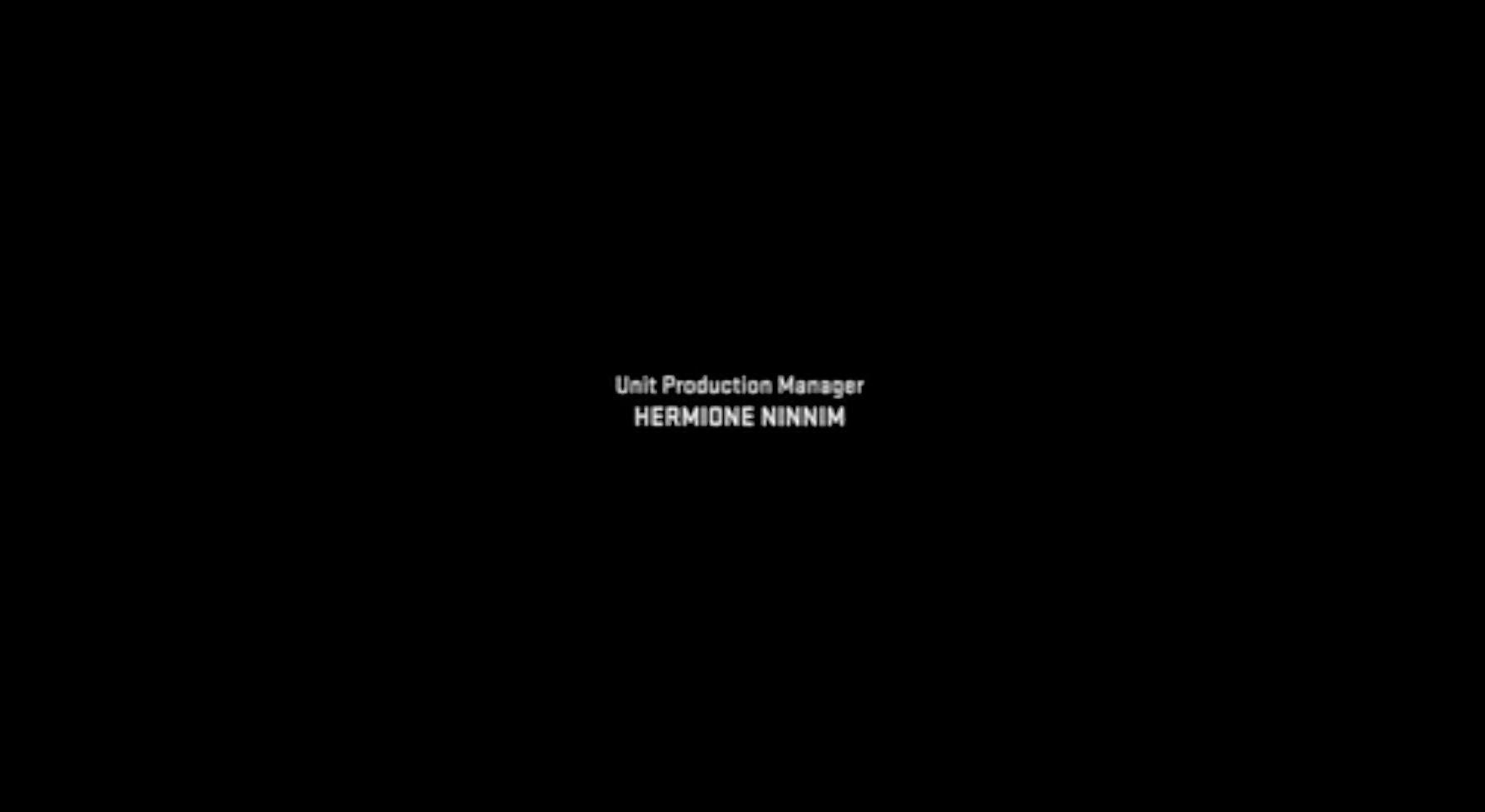Why is the Unit Production Manager often first in film credits?
When you're expecting to see the director's name...

Your support helps us to tell the story
From reproductive rights to climate change to Big Tech, The Independent is on the ground when the story is developing. Whether it's investigating the financials of Elon Musk's pro-Trump PAC or producing our latest documentary, 'The A Word', which shines a light on the American women fighting for reproductive rights, we know how important it is to parse out the facts from the messaging.
At such a critical moment in US history, we need reporters on the ground. Your donation allows us to keep sending journalists to speak to both sides of the story.
The Independent is trusted by Americans across the entire political spectrum. And unlike many other quality news outlets, we choose not to lock Americans out of our reporting and analysis with paywalls. We believe quality journalism should be available to everyone, paid for by those who can afford it.
Your support makes all the difference.Hollywood has fierce traditions and even fiercer unions. As such, the format of its crediting system is pretty uniform.
You might be wondering why films sometimes conclude, with a musical crescendo, to reveal the name of the Unit Production Manager(s) of all people, before the rest of the names of cast and crew involved roll up the screen.
Many/most films only have closing credits, which will start with the director/writer-director credit, but some use both opening and closing credits, often for stylistic reasons (like the James Bond films). In this case, the crew is separated into above-the-line and below-the-line categories, which originate in the top sheet of a budget for a motion picture and separate fixed cost roles from variable cost roles. For example, a director, producer or even screenwriter (regardless of whether a scene from their script gets cut) will be paid a fixed fee for their work, whereas a gaffer or set designer’s work is more flexible as a scene being cut may mean that a particular set simply doesn’t need to be built.
Of the below-the-line crew, the first and second assistant directors are always high up the credits list, but it is usually the unit production manager who gets the honour of having their name up in lights first after the film climaxes.
Join our commenting forum
Join thought-provoking conversations, follow other Independent readers and see their replies
Comments